
 Aquapanel offers the ability to dryline interior walls in wet and humid areas.
Aquapanel offers the ability to dryline interior walls in wet and humid areas.
To meet the demand for partitioning systems for a large number of projects that have been coming up in the region, Knauf has chalked out several plans including the launch of new products and the setting up of a new gypsum board facility in the UAE.
The facility, which is coming up in Ras Al Khaimah and is due for completion in the third quarter of next year, will have a production capacity of 40 million sq m of gypsum board per year giving the manufacturer additional leverage in the regional market.
“The factory will also produce plasters and additional components of the drywall systems such as metal studs, channels, joint compounds and drywall accessories,” says a spokesman for the company.
The company has also launched innovative products that will meet the demanding needs of the region, says a spokesman. Aquapanel, developed by Knauf USG systems, and claimed to be Europe’s leading selling cement board is one such product, which has now been made available in the Arabian Gulf.
“The boards give architects and contractors a proven tile backing board that offers significant performance advantages in wet and humid areas,” says the spokesman.
Made of aggregated Portland cement with coated glass fibre mesh embedded in back and front surfaces, the board features easy edge technology – the ends are cut square and edges are reinforced for extra strength.
“In addition, it is 100 per cent water, mould and mildew resistant,” the spokesman explains. “When installed with its own system components, only a single layer of cement board is required for ceramic coverings, with the system supporting up to 50 kg of tiling per square-meter application. Due to its robust structure, Aquapanel Cement Board Indoor is also resistant to deflection and impact. Since it is an A1 class non-combustible material, it also forms fire-resistant partitions.”
Faster project completion
Due to its dry installation, Aquapanel Cement Board Indoor eliminates time-consuming, specialised construction methods and materials. The boards are ready-keyed for tiling and normally no sealant is required. One of the main differences between Aquapanel Cement Board Indoor and the last generation of cement boards is its ability to be scored and snapped with simply a utility knife, eliminating the need for any time-consuming machine cutting. This feature allows installations to be completed much faster than before. Compared to traditional brick and block methods, the dry installation technology saves time on the job and lowers on-site costs.
In addition, curved walls are also possible with Aquapanel Cement Board Indoor, which requires no special measures or preparations for the application. Installers will only need to bend the cement boards and fix on the metal substructure. The boards can be bent up to a radius of 3 m and with a reduced width of 300 mm it can even bend up to a 1 m radius.
Aquapanel Cement Board Indoor comes with a complete set of system accessories – screws, primers and joint adhesives – to form a certified system available from a single reliable source: Knauf, he adds.
Masking sound
With noise pollution becoming a major environmental problem, Knauf says that its range of products can help reduce its effects significantly. “Sound insulation has become an elementary and necessary task in architectural planning and construction,” explains the spokesman. “Architects and consultants usually select their partition walls according to the sound reduction index (Rw,R) values of various configurations. However, the resulting on-site sound insulation depends not just on the drywall partition itself but also on all four flanking construction components. These include the drywall partitions flanking connections to the ceiling and floor slabs and neighbouring walls,” he says.
“A drywall partition’s on-site sound insulation is only as good as the partition’s weakest flanking connection and a suitable wall system can only be selected after considering these flanking components in order to define the degree of safety in planning. Various penetrations on the partition and possible errors in installation can adversely impact the on site performance. Thus, designers always have to consider a safety factor of 8 to 9dB when specifying drywall partitions.
“Knauf Piano Sound Shield boards are an ideal solution to overcome such concerns,” says the spokesman. “It’s sound absorption properties are built into its ductile behaviour. Combined with other standard drywall components from Knauf, Piano offers you the highest level of planning safety for any required sound insulation effect.”
“When used in tandem with Knauf’s patented resilient MW 75 and MW 100 studs, Knauf Sound Insulated Walls W14, help attain greater levels of sound proofing,” he says. “A combination of a sound-neutralized grid and Knauf Piano boards, is also ideal for high-end sound protection designs. Sound-neutralised MW studs are the basis of increased planning safety in order to ensure the degree of sound insulation required in buildings.”
Knauf is also promoting Knauf Diva, a leading system that is slim, lightweight and flexible in assembly, and features a fire rating of F 90 A, a sound absorption level of 73 dB and a maximum height of 10 m.
Speaking on the advantages that the Knauf systems offer, he says: “Designers using Knauf Diva enjoy several advantages. First of all is the architectural freedom that the boards offer. The Knauf Diva System fulfils a wide range of requirements that are particularly important in highly trafficked buildings such as multiplexes, discotheques, concert halls, music conservatories and university auditoriums. Flexible architectural planning fulfilling the highest requirements on site has finally become a reality with these systems.
Another benefit is structural safety. The Knauf Diva system consists of components that have been tested for every minute detail, for every hertz and decibel in order to ensure the total structural safety of the building, says the spokesman.
Lastly, Knauf Diva is also cost and time effective, which allows for the use of drywall components on tough jobsites, offering solutions that were hitherto only reserved for solid brick-and-mortar masonry with additional furring.
“Knauf Boards guarantee freedom of architectural expression and design while setting new benchmarks in the aesthetics of interior spaces. They are the most frequently-used building materials in interiors today. The end-result of Knauf’s well-conceived production processes are boards of all types, suitable for a wide range of applications such as sound and thermal insulation, fire and moisture protection. Lightweight and easy to fix, Knauf Drywall systems offer excellent time and space savings with limitless design options for projects such as administrative buildings, public offices, schools, hospitals, residential buildings, hotels and high-end large-scale projects.
Established in Germany in 1932, Knauf is the leading manufacturer of drywall building materials such as gypsum boards, metal profiles, joint compounds and insulation materials. With its headquarters at Iphofen (Germany) and a workforce of 22,000 worldwide, Knauf has 150 manufacturing plants in 50 countries across Europe, Middle East, Asia, US and Latin America.



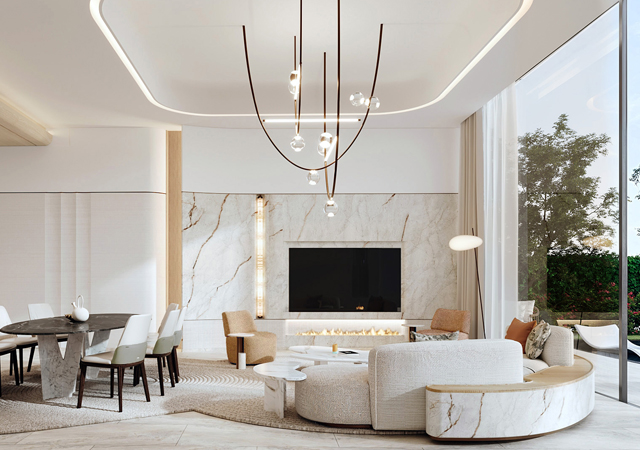
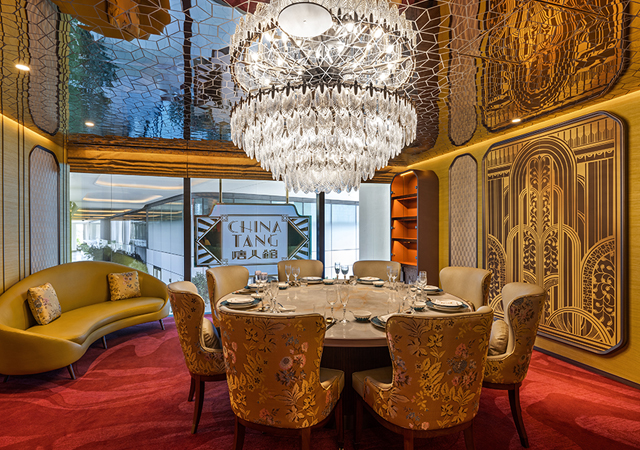
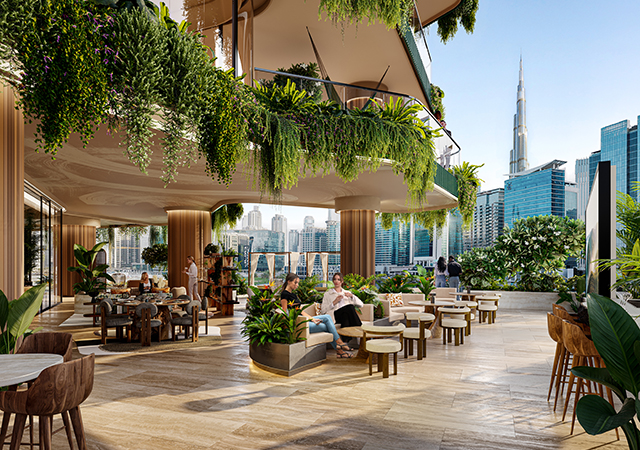
.jpg)
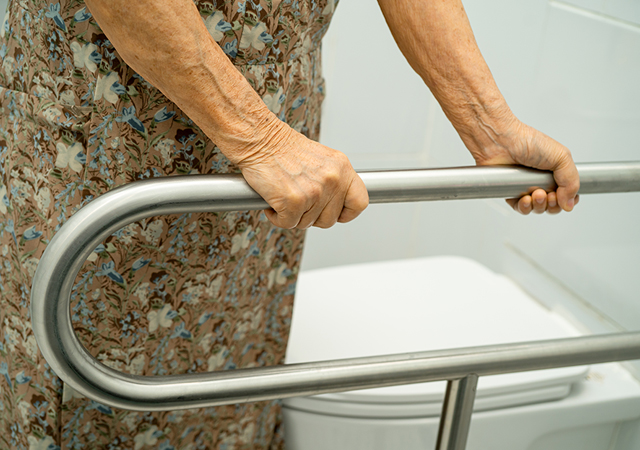

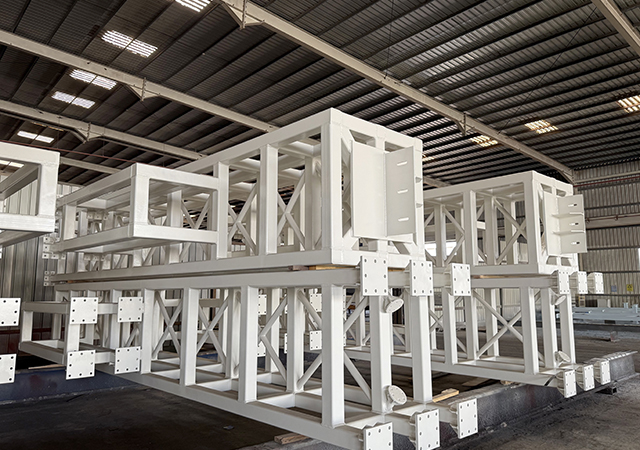




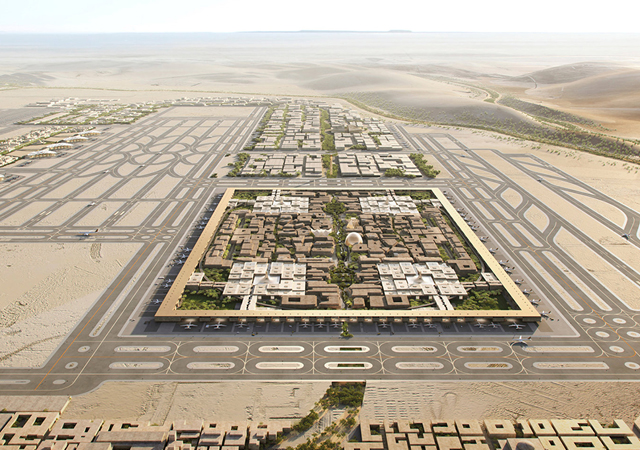
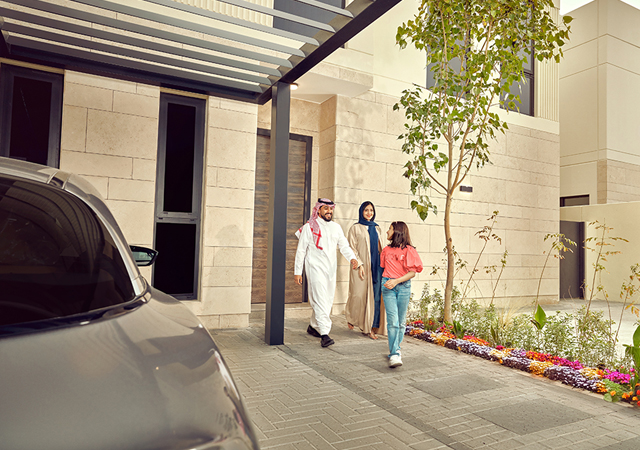
.jpg)
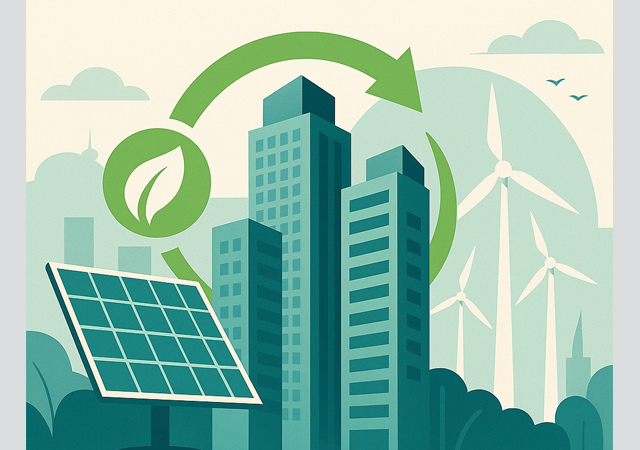



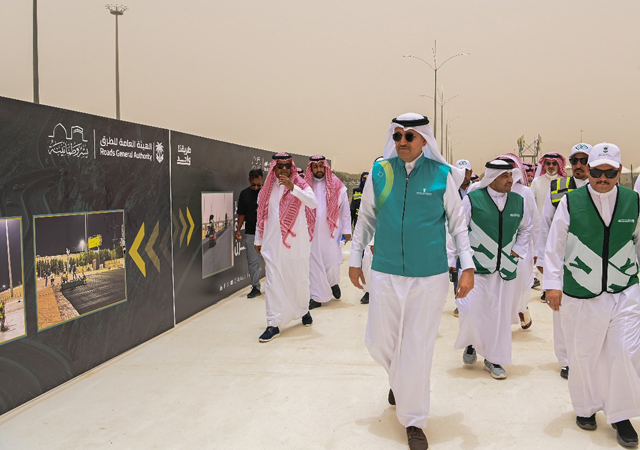

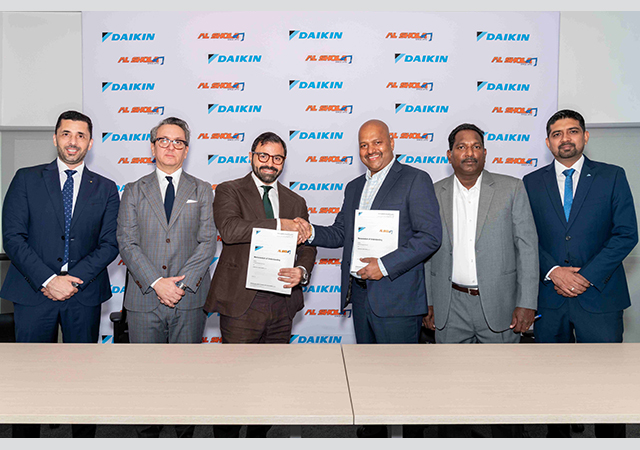

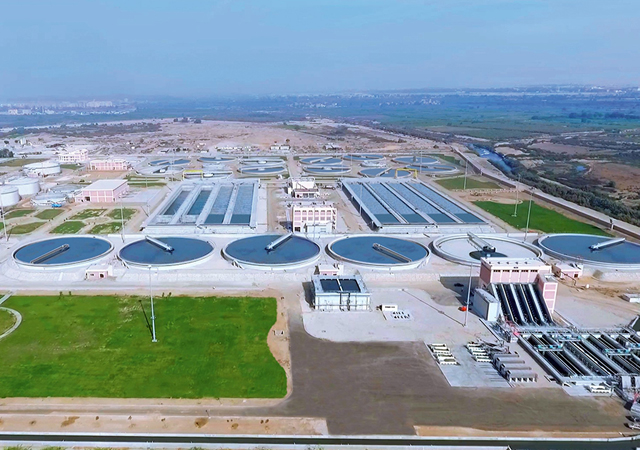
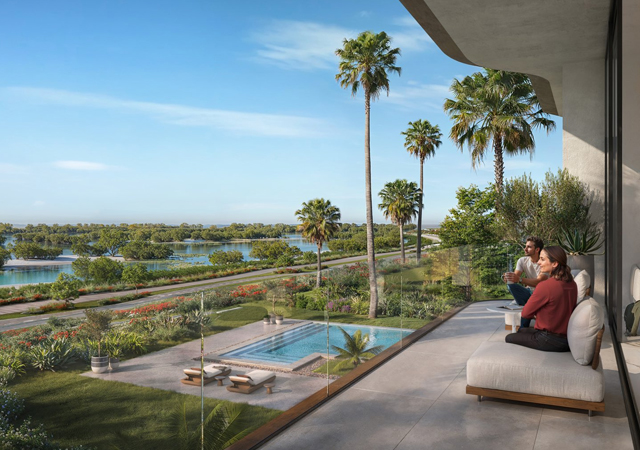
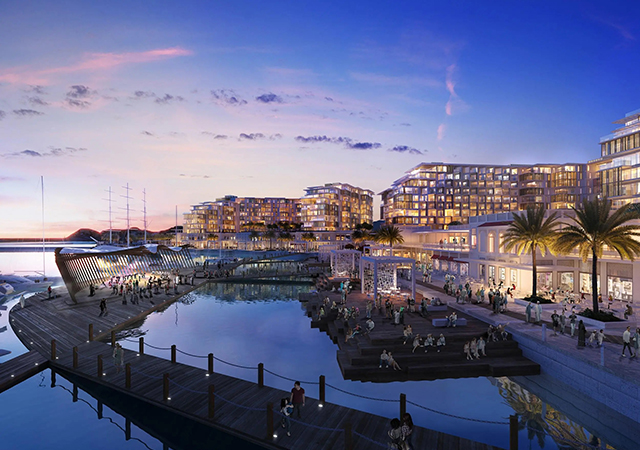

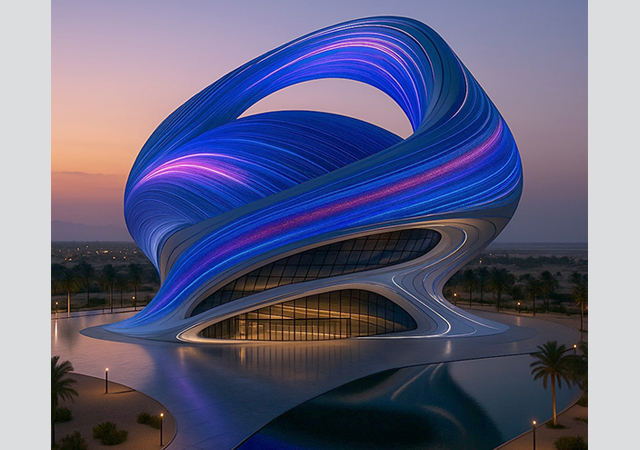

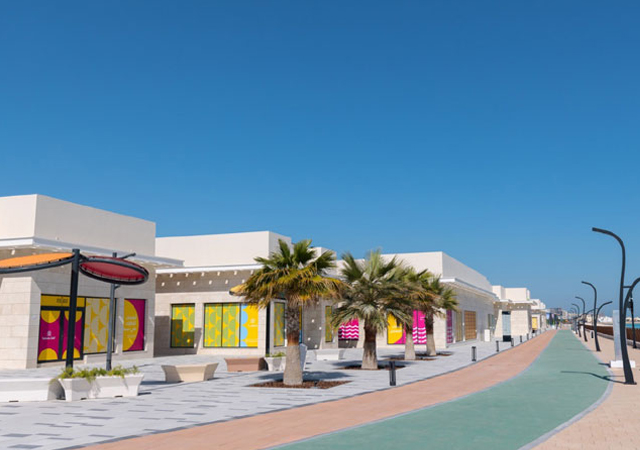

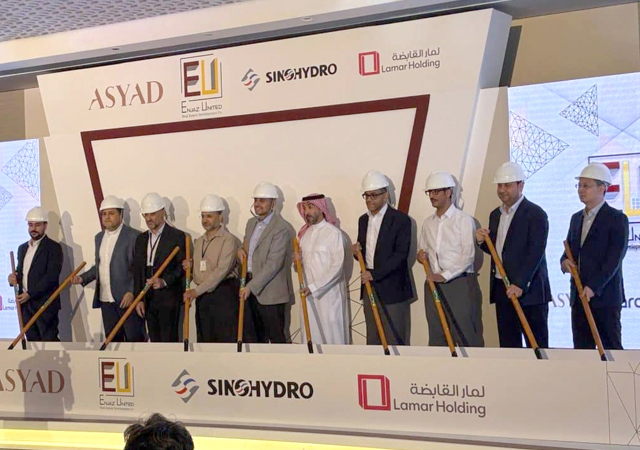
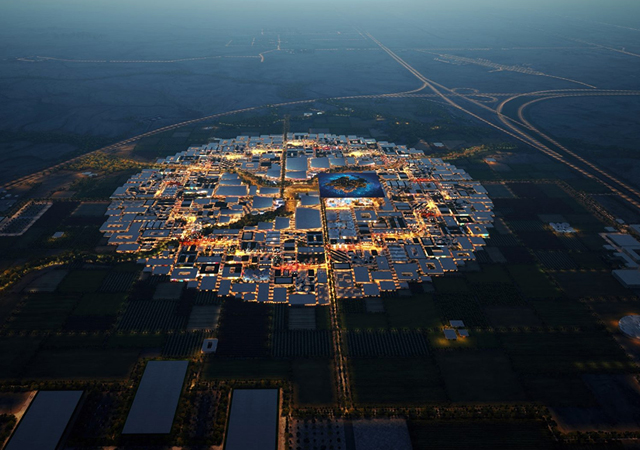
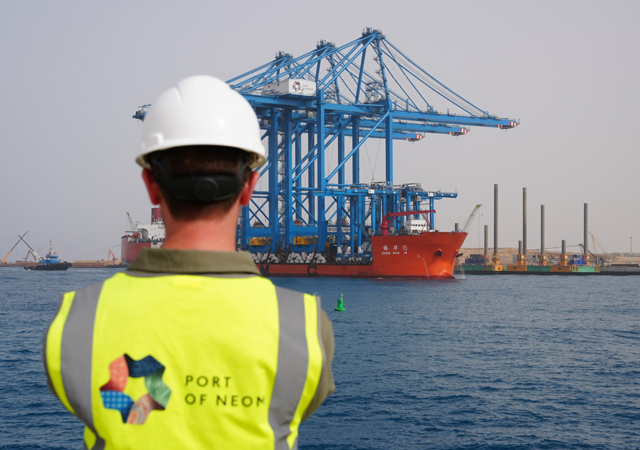
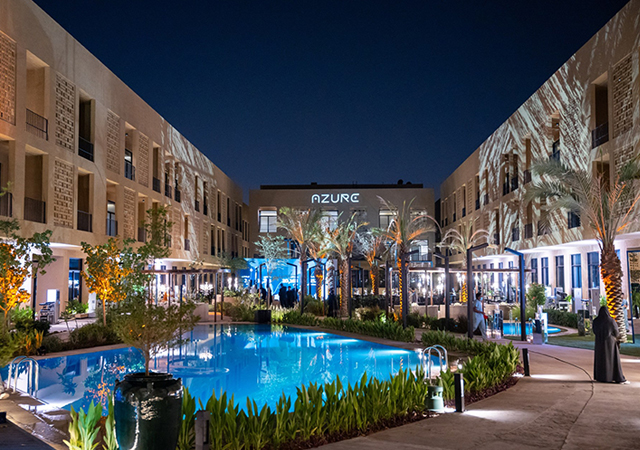
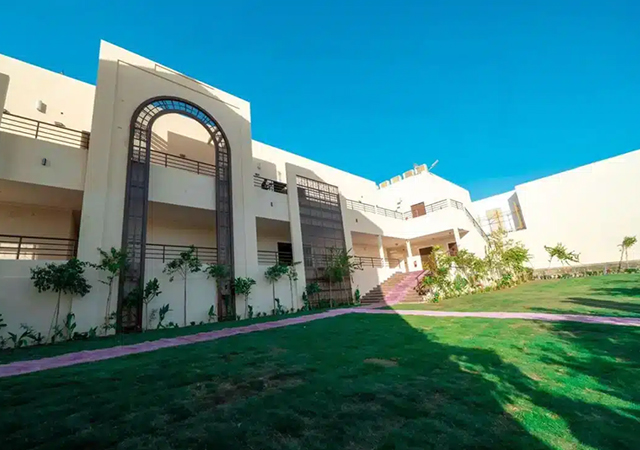


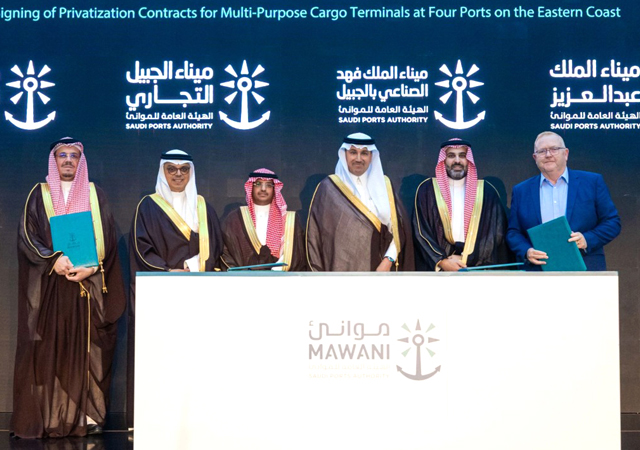
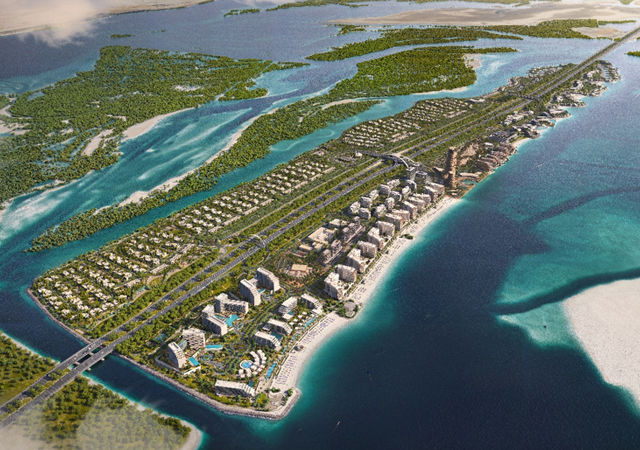

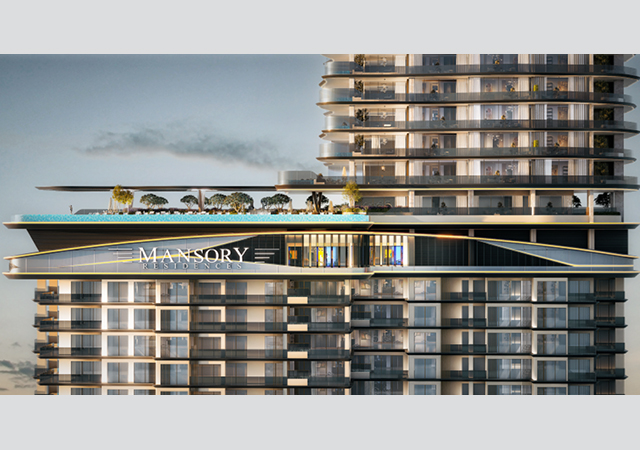
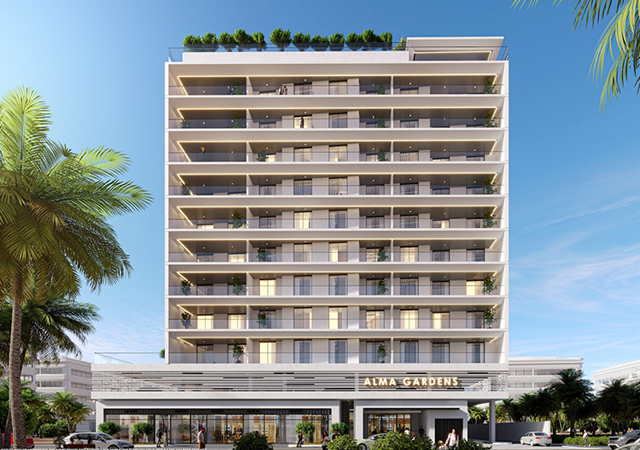

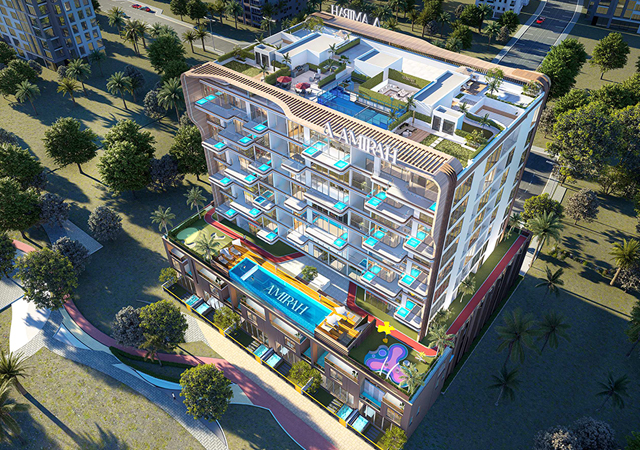
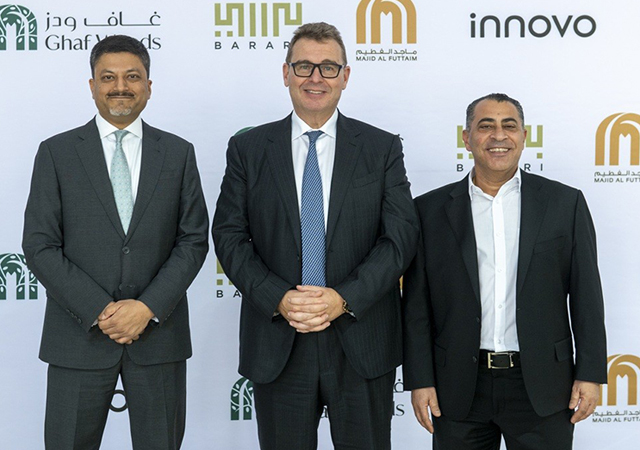
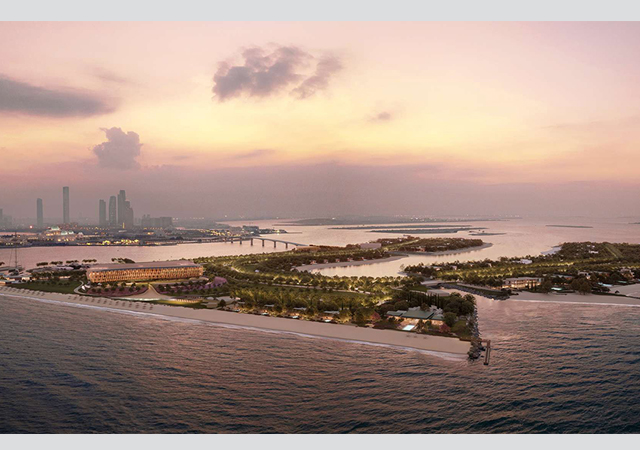
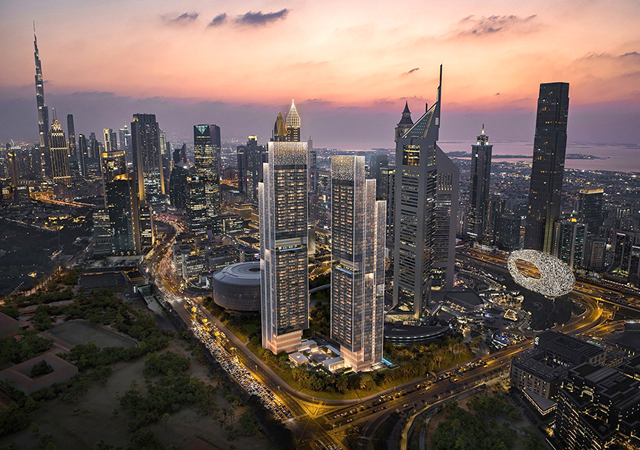
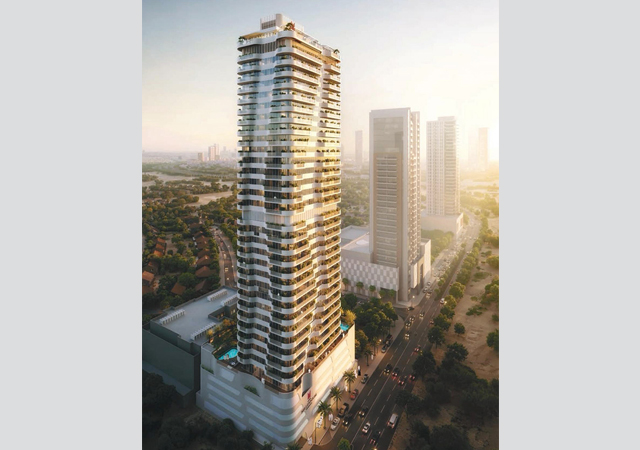

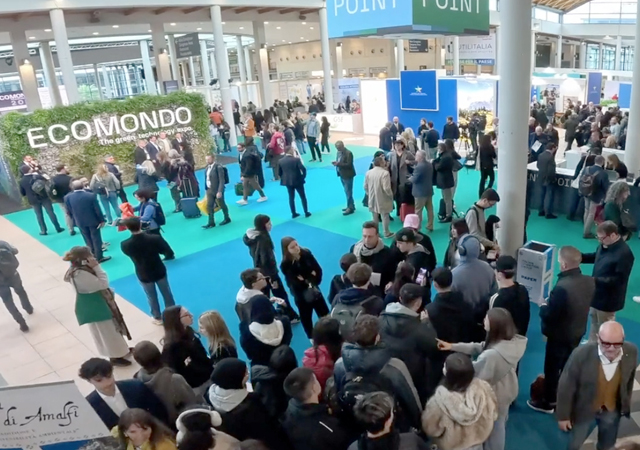
.jpg)




